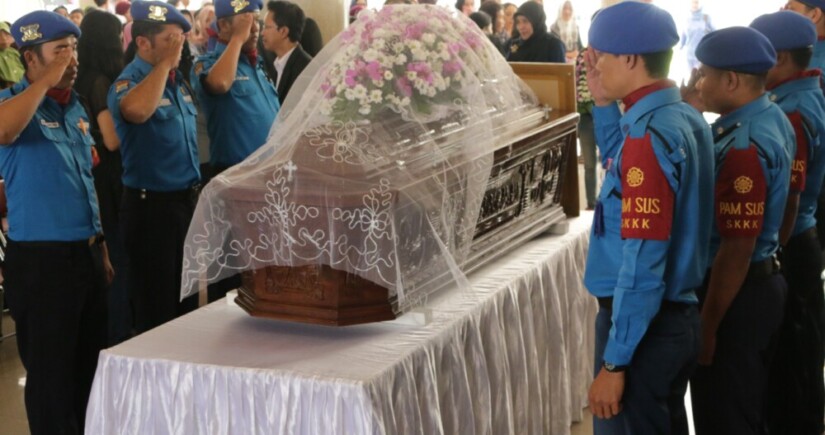
Generally, cities in Asia that are divided by a large river are prone to floods. In Indonesia, precisely in Surabaya which is divided by Kali Mas and surrounded by many small rivers, symptoms of vulnerability to flooding since the 19th century have been seen.
At that time, flooding still occured on a small scale with low intensity. However, during the second half of the 20th century, flooding in Surabaya shows escalation with a shorter cycle.
Sarkawi B. Husain, SS, M. Hum, a lecturer at the Airlangga University in Surabaya, through his research found that the change is due to the degradation of the urban environment such as anthropogenic
“This situation was aggravated by the topography and the position of the city located on the coast of Java, as well as the climate and the rainfall,” Sarkawi said.
Sarkawi explained at his open examination of doctoral program at the Faculty of Cultural Sciences, Monday (27/6) that the change of this phenomenon can be divided into two periods. The first period is 1951-1976, when the flooded area began to grow with long duration, high water levels, as well as the frequency of floods which showed an increase as compared to previous years.
On the second period, 1977-2000, flood was haunting. In contrast to the previous period that tends to be sporadic, in this period flooding becomes routine and well-spread.
“The government’s failure to manage the urban environment is initially caused by economic difficulties and the unstable political situation after the revolution,” he said.
Defending his dissertation entitled “Changing and damaging the environment Invited Flood: Flood in the city of Surabaya in the Second Half of the 20th century”, Sarkawi further explained the government’s failure to manage the urban environment is due to economic difficulties and the political opposition in a society.
“They use areas which should have served as a counterweight of ecological land,” Sarkawi explained.
Sarkawi sees economic difficulties in 1950 – 1960 as impact on changes in the demographic structure in the city of Surabaya. The changes are not only due to the reverse flow of refugees who had fled to some areas due to the security situation, but also by migrants who want to find new and better life in the city.
“Because of the inability of the government to control, the raising number of citizen not only raises social issues, but also contributes an important cause of pressure to the quality of the urban environment,” he explained.
Various efforts have been made by the government in control of this issue, but the government’s policies are paradoxical, symptomatic, partial and not connected with environmental problems. As a result, flood become hydrometeorology disaster that causes more harm from time to time.
“Normalization of rivers and canals, flood pump operation and various other efforts are proved to be incapable of freeing Surabaya from flooding. Therefore, the government needs to provide flood control that is based on management control, a control effort that minds the root of the problem,” he concluded.


